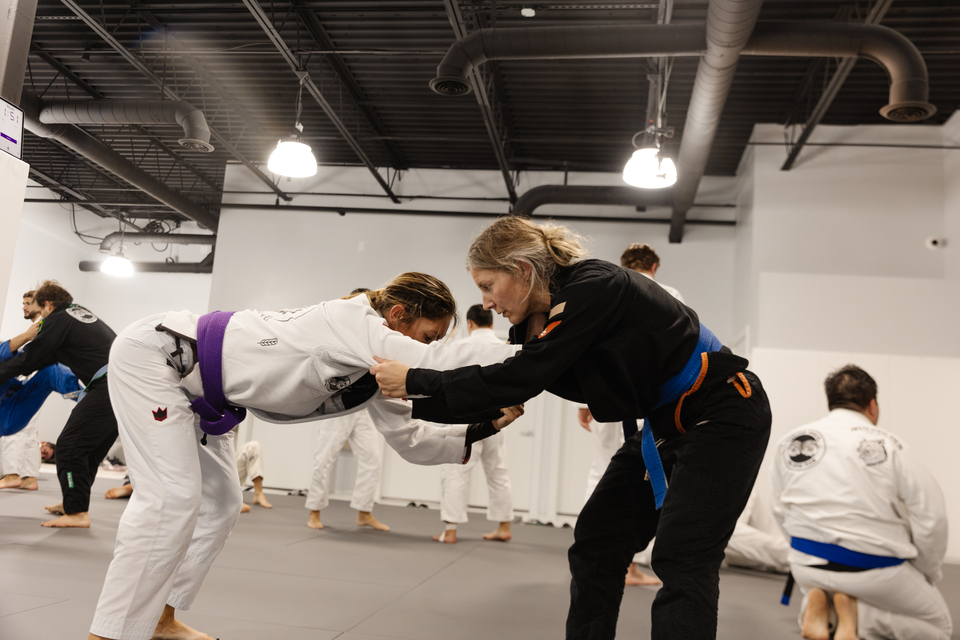
Brazilian Jiu-Jitsu History
Brazilian jiu-jitsu was first developed in 1925 by Brazilian brothers Carlos, Oswaldo, Gastão Jr., O’Brien, and Hélio Gracie, after Carlos was taught a hybrid of traditional Japanese Jujitsu and Kodokan judo by a travelling Japanese judoka, Mitsuyo Maeda, in 1917. Later on, the Gracie family developed their own self-defense system Gracie Jiu-Jitsu.
BJJ eventually came to be its own defined combat sport through the innovations, practices, and adaptation of Gracie jiu-jitsu and judo, and became an essential martial art for modern MMA.
Mitsuyo Maeda, one of the Kodokan’s top groundwork experts trained by Tomita Tsunejirō, the first student of judo’s founder Kano Jigoro, was sent overseas to demonstrate and spread his art to the world. He left Japan in 1904 and visited several countries giving “jiu-do” demonstrations and accepting challenges from wrestlers, boxers, savate fighters, and various other martial artists, and arrived in Brazil on 14 November 1914.
When Maeda left Japan, judo was still often referred to as “Kano jiu-jitsu”, or, even more generically, simply as jiu-jitsu.
Outside Japan, however, this distinction was noted even less. Thus, when Maeda and Satake arrived in Brazil in 1914, every newspaper announced their art as being “jiu-jitsu”, despite both men being Kodokan judoka.
It was not until 1925 that the Japanese government itself officially mandated that the correct name for the martial art taught in the Japanese public schools should be “judo” rather than “jujutsu”.In Brazil, the art is still called “jiu-jitsu”. When the Gracies went to the United States and spread jiu-jitsu, they used the terms “Gracie jiu-jitsu” and non-Gracies using the term “Brazilian jiu-jitsu” to differentiate from the already present styles using similar-sounding names. In a 1994 interview with Yoshinori Nishi, Hélio Gracie said that he did not even know the word judo itself until the sport came in the 1950s to Brazil, because he heard that Mitsuyo Maeda called his style “jiu-jitsu”.
Brazilian jiu-jitsu shares many techniques with the original Kodokan judo, especially certain styles practiced before judo became part of the Olympics such as Kosen judo, and still practiced to a lesser extent,[21] as well as with the earlier ryu school of jujutsu. Because of this some practitioners have suggested that Brazilian jiu-jitsu should just be called “jiu-jitsu”.



This Post Has 0 Comments